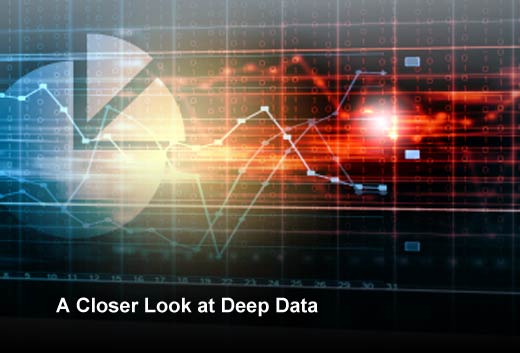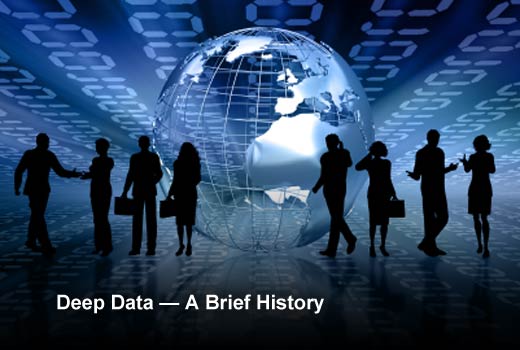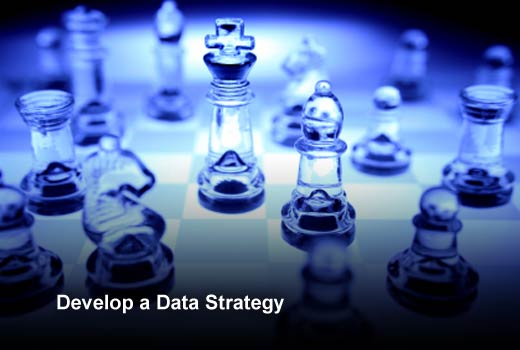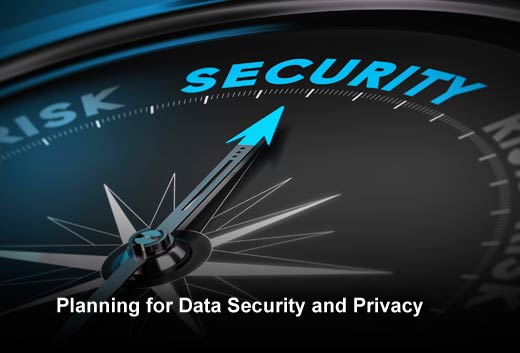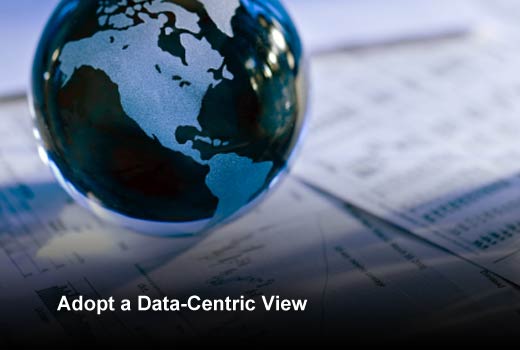In the era of Big Data, businesses across all industries struggle to efficiently and effectively manage data overload. Many organizations do not know how to pinpoint and extract the value embedded within the heaps of data available to them, and consequently find themselves stuck in the “data hoarding” trap – capturing every piece of available information, rather than focusing on the data that is providing the greatest business value.
Instead of just thinking “big” when it comes to data, companies need to start thinking “deep.” The Deep Data framework is based on the premise that a small number of information-rich data streams, when leveraged properly, can yield greater business value at lower cost than vast volumes of data. For example, organizations can use the Deep Data framework to better understand a customer’s behavior and provide actionable, scalable insights that simultaneously improve customer engagement and drive economic value of that company’s data investment.
What do you need to know to effectively implement a Deep Data strategy? In this slideshow, Badri Raghavan, CTO and chief data scientist at FirstFuel, has outlined valuable insight organizations should consider.
A Closer Look at Deep Data
Click through for insights into how organizations can leverage Deep Data to better understand customers and improve business strategy, as identified by Badri Raghavan, CTO and chief data scientist at FirstFuel.
Deep Data — A Brief History
What we now call the Deep Data framework first emerged with the financial service industry’s FICO score in the 1980s. The FICO score was based on a few rich sources of financial history (typically credit card activity) to determine the credit-worthiness of a potential borrower. This approach is now being seen across industries including health care, retail and energy. For example, in the energy sector, utilities are tapping data-driven technologies to unlock insights into customer usage and create more customized, valuable customer engagement.
Develop a Data Strategy
To effectively implement a Deep Data approach, companies must first develop a plan for leveraging the data and outline the desired results. Defining goals and working back toward the data sources and analytics that unlock value present in the data allows companies to determine the right pieces of data to capture rather than risk drowning in data with no identified value “to be used later.” Smart strategies strategically unite three core elements – domain expertise, data science and the right IT infrastructure.
Planning for Data Security and Privacy
Any organization looking to implement a data-driven technology has to have the right IT infrastructure in place and ensure that the appropriate customer privacy and information security measures are taken to protect both the company and its customers. This will help companies avoid data breaches and their unpleasant consequences as much as possible. Defining data outcome targets before creating the IT infrastructure allows businesses to invest at the appropriate level so that they aren’t left with either insufficient processing or storage capacity or with an expensive system that is largely unused.
Bring in the Data Scientist
When formulating a Deep Data strategy, businesses should take advantage of the emerging breed of data science specialists. A data scientist not only has the specialized mathematical, programming and statistical knowledge to help companies extract business value from the data, s/he also provides valuable insight on the best strategy to help companies meet their goals.
Adopt a Data-Centric View
A final key element in implementing a data strategy is to encourage adoption of a data-centric view at every level of the organization. As part of this, it is important to democratize access to data. This allows different individuals or departments to leverage the data for uses that best fit with their needs, while also enabling new avenues for innovation because of collaboration across the company.


